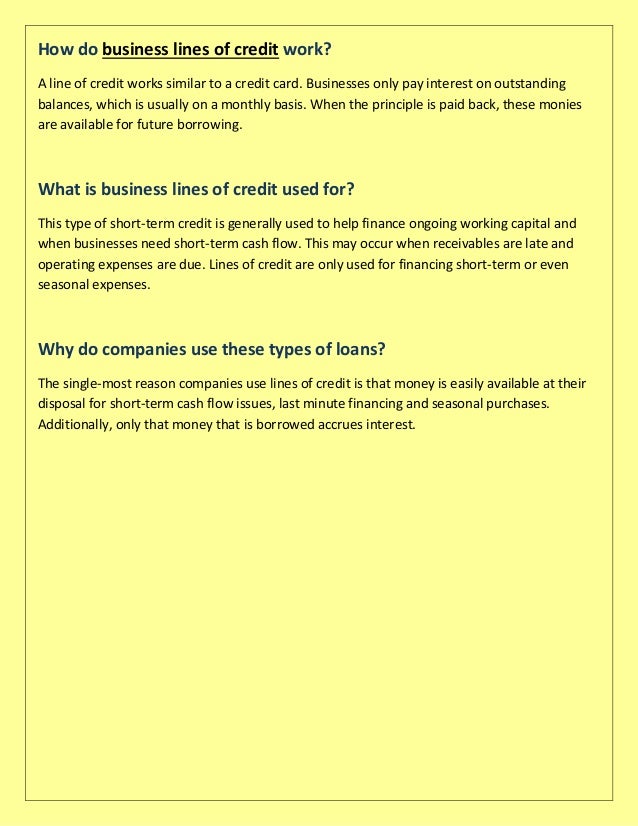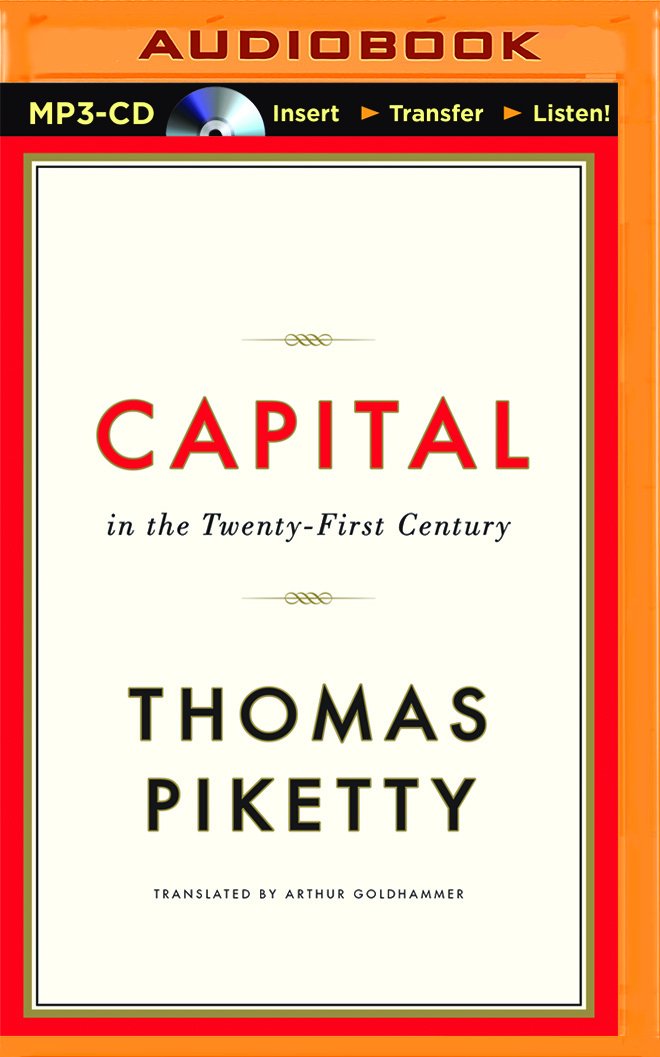A line of credit is credit source extended to a government, business or individual by a bank or other financial institution. A line of credit may take several forms, such as overdraft protection, demand loan, special purpose, export packing credit, term loan, discounting, purchase of commercial bills, traditional revolving credit card account, etc. It is effectively a source of funds that can readily be tapped at the borrower's discretion. Interest is paid only on money actually withdrawn. (However, the borrower may be required to pay an unused line fee, often an annualized percentage fee on the money not withdrawn.) Lines of credit can be secured by collateral, or may be unsecured.
Lines of credit are often extended by banks, financial institutions and other licensed consumer lenders to creditworthy customers (though certain special-purpose lines of credit may not have creditworthiness requirements) to address liquidity problems; such a line of credit is often called a personal line of credit. The term is also used to mean the credit limit of a customer, that is, the maximum amount of credit a customer is allowed.

Cash credit
A cash credit is a short-term cash loan to a company. A bank provides this type of funding, but only after the required security is given to secure the loan. Once a security for repayment has been given, the business that receives the loan can continuously draw from the bank up to a certain specified amount.
India
In India, banks offer cash credit accounts to businesses to finance their "working capital" requirements (requirements to buy raw materials or "current assets", as opposed to machinery or buildings, which would be called "fixed assets"). The cash credit account is similar to current accounts as it is a running account (i.e., payable on demand) with cheque book facility. But unlike ordinary current accounts, which are supposed to be overdrawn only occasionally, the cash credit account is supposed to be overdrawn almost continuously. The extent of overdrawing is limited to the cash credit limit that the bank sanctioned. This sanction is based on an assessment of the maximum working capital requirement of the organization minus the margin. The organization finances the margin amount from its own funds.
Generally, a cash credit account is secured by a charge on the current assets (inventory) of the organization. The kind of charge created can be either pledge or hypothecation.
Working Capital Line Of Credit Video
Special-purpose line of credit
A relatively recent credit product has arisen due to economic trends and the impact of the economy on individuals, specifically on those disadvantaged due to special circumstances, affiliations, or external biases. Lenders of many types have explored providing targeted services to select groups. However, most successful attempts were performed by consumer lending entities (licensed and unlicensed) generally fulfilling niche credit services abandoned by traditional providers. Consumer lending entities are credit services that, based on one or more pre-defined criteria, may qualify a borrower for their credit services.
Are You Looking for Products
Here some products related to "Line Of Credit".
Capital in the Twenty-Fir..
Fighting for Their Lives:..
Startup Boards: Getting t..
Dealing in Desire: Asian ..
Get these at Amazon.com* amzn.to is official short URL for Amazon.com, provided by Bitly
Source of the article : here






EmoticonEmoticon